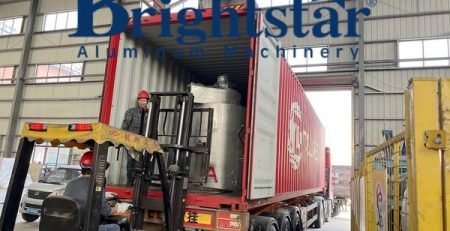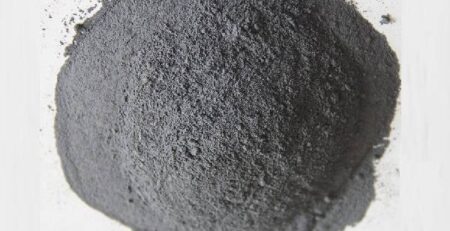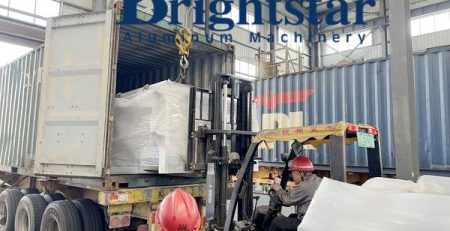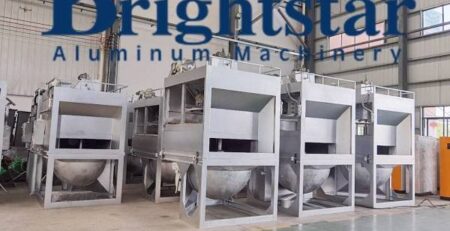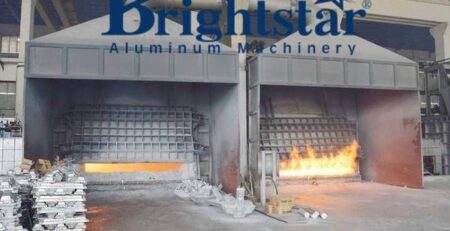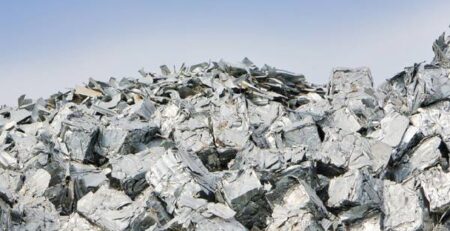Puterea morii cu bile în reciclarea deșeurilor de aluminiu
Puterea morii cu bile în reciclarea deșeurilor de aluminiu
Puterea morii cu bile în reciclarea deșeurilor de aluminiu
Recycling aluminium dross, a byproduct from the aluminium smelting process, is a vital yet intricate endeavor in the world of metals.
Puterea morii cu bile în reciclarea deșeurilor de aluminiu has garnered attention for its unique ability to handle the complex mixture that aluminium dross presents.
This blend of metal, oxides, and non-metallic compounds makes efficient dross recycling challenging, yet essential for minimizing waste, enhancing sustainability, and recovering valuable aluminium.
In the aluminum industry, high precision and advanced technology are paramount in achieving optimal results, și aluminium dross ball mills have become indispensable tools in this domain.
Below, we delve into how ball mills work in aluminium dross recycling, the processes involved, and the numerous benefits they provide.
Understanding Aluminium Dross and Its Importance
Aluminium dross is the material that forms on the surface of molten aluminium during smelting.
This residue contains a mix of aluminium, aluminium oxides, and impurities.
Despite appearing as waste, aluminium dross has value because it contains recoverable aluminium metal and other useful materials.
Recycling aluminium dross is crucial, not only for economic benefits but also for environmental sustainability, as it helps in reducing landfill waste, curbing emissions, and optimizing resource efficiency.
in orice caz, due to its complex and abrasive nature, aluminium dross is challenging to process.
Traditional recycling methods often prove ineffective in fully extracting the metallic aluminium.
Here is where the power of ball mill in aluminium dross recycling becomes invaluable.
How Does an Aluminium Dross Ball Mill Work?
The process of dross recycling begins with the grinding of aluminium dross to liberate the metallic particles embedded within.
A moara cu bile is used to pulverize the dross material, allowing finer separation of the metal from oxides and other impurities.
The ball mill consists of a rotating drum filled with heavy steel or ceramic balls, which crush and grind the dross material as the drum spins.
By applying mechanical energy, the ball mill breaks down the dross into a powder, exposing the metallic particles.
How does an aluminium dross ball mill work in more detail?
Primul, the dross is loaded into the ball mill chamber. Pe măsură ce tamburul se rotește, the balls collide with the dross material, breaking it into smaller particles.
The fine powder that results contains isolated aluminium particles that can be further processed.
This method allows for efficient and thorough extraction of the aluminium, leaving a minimal amount of waste.
Benefits of Aluminium Dross Ball Mill in Recycling
The use of ball mills in aluminium dross recycling brings an array of advantages, proving them to be a wise investment for manufacturers in the recycling industry.
Below are some key benefits of aluminium dross ball mills:
1. Enhanced Metal Recovery
By reducing the dross to fine particles, ball mills maximize the recovery of aluminium, which can then be melted and reused.
This not only conserves raw materials but also significantly boosts the yield from each batch of dross processed.
2. Cost-Effective and Efficient Processing
Ball mills offer an economical solution to dross recycling.
Their ability to handle large volumes of material with minimal energy consumption makes them a cost-effective choice for industries looking to maximize profit margins.
3. Reduction of Waste
The ball mill’s effective grinding mechanism minimizes waste by ensuring that nearly all available aluminium is extracted from the dross.
This results in a smaller, more manageable amount of non-metallic residue, which can be safely disposed of or reused in other applications.
4. Uniform Particle Size Distribution
The ball mill’s high-speed impact and grinding mechanism produce uniform, fine particles.
This uniformity is crucial for subsequent processing stages and ensures a high-quality end product.
5. Simplicity and Low Maintenance
Ball mills have a straightforward design, which means lower maintenance costs and reduced downtime.
Their reliability allows them to operate continuously, making them an essential asset for any facility focusing on aluminium dross recycling with ball mills.
Aluminium Dross Ball Mill Process
The aluminium dross ball mill process involves several stages, each of which is essential for maximizing the recovery of metal from the dross material.
1. Loading and Preparation
Primul, the aluminium dross is collected and loaded into the ball mill. In some facilities, this stage also involves pre-processing, where larger pieces of dross are broken down into smaller chunks, easing the ball mill’s workload.
2. Grinding and Pulverization
Once inside the mill, the dross material is pulverized.
The ball mill’s rotating drum, lined with steel or ceramic balls, grinds the dross into fine particles.
This action isolates the aluminium from the oxides and other impurities, producing a fine powder that contains recoverable metal.
3. Separation and Collection
After grinding, the processed dross undergoes separation to isolate the aluminium particles from other compounds.
Various separation techniques, such as sieving, magnetic separation, or flotation, are often employed. The end result is a refined aluminium powder ready for melting.
4. Final Processing
The isolated aluminium is sent for remelting, where it can be molded into new products.
The remaining non-metallic residue can be treated further, recycled, or disposed of, depending on its composition and local regulations.
Through these stages, the power of ball mills in aluminium dross recycling becomes apparent, showcasing their capability to handle complex materials while maximizing efficiency and output.
Key Players: Aluminium Dross Ball Mill Manufacturers
With the increasing demand for sustainable recycling solutions, aluminium dross ball mill manufacturers have responded by developing advanced ball mill designs tailored for aluminium dross recycling.
These manufacturers understand the importance of robustness and precision, engineering mills that can endure the abrasive nature of dross while delivering optimal performance.
Many top manufacturers design ball mills with features such as adjustable drum speed, wear-resistant linings, and advanced separation mechanisms.
These enhancements make modern ball mills both powerful and user-friendly, allowing facilities to tailor the machine’s settings to their specific recycling needs.
Leading manufacturers continue to innovate, pushing the boundaries of efficiency and durability to meet the rigorous demands of the recycling industry.
The Future of Aluminium Dross Recycling with Ball Mills
As the recycling industry grows and evolves, aluminium dross recycling with ball mills is expected to play an even greater role.
Ball mills represent a blend of proven mechanical design and innovative materials, making them adaptable to various operational requirements and environmental standards.
As sustainability initiatives continue to drive change, the demand for efficient recycling solutions like ball mills will only increase.
în plus, ongoing technological advancements promise to make these mills even more efficient.
Emerging trends include automated loading and unloading systems, real-time monitoring, and energy-efficient designs, all of which enhance the ball mill’s performance and reduce its environmental footprint.
Concluzie
The power of ball mills in aluminium dross recycling cannot be overstated.
From enhancing metal recovery to minimizing waste and offering cost-effective processing, ball mills have become a cornerstone in the world of aluminium recycling.
As technology advances, these machines will continue to evolve, offering even greater precision and efficiency.
The versatility and effectiveness of aluminium dross ball mills make them essential for industries seeking sustainable, profitable, and high-quality recycling solutions.
Whether through their ability to grind dross into fine particles, their uniformity in particle size distribution, or their cost-saving features, ball mills have earned their place as indispensable tools in aluminium dross recycling.



